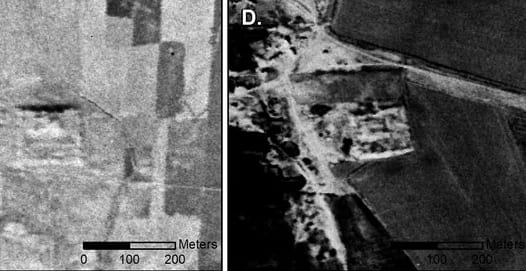
Spionfoton utmanar gamla teorierna om Romarriket
Tidigare hemliga spionsatellitbilder från kalla kriget ger nya kunskaper om Romarrikets utsträckning. Det rapporterar The Guardian.
Arkeologer har gått igenom bilder från 1960- och 70-talet och hittat 396 hittills oupptäckta fort i Syrien och Irak. Tidigare har 116 fort dokumenterats och forskare har antagit att de utgjorde en försvarslinje till skydd för de östra delarna av imperiet.
De nya upptäckterna pekar på att Romarrikets front var mer flytande och mindre präglad av våld och konflikt än man trott. Den nya hypotesen är att forten upprättats för att bland annat främja regional handel med karavaner.
Fynden publiceras i den arkeologiska vetenskapstidskriften Antiquity.
bakgrund
Romerska befästningar
Wikipedia (en)
Roman military borders and fortifications were part of a grand strategy of territorial defense in the Roman Empire, although this is a matter of debate. By the early 2nd century, the Roman Empire had reached the peak of its territorial expansion and rather than constantly expanding their borders as earlier in the Empire and Republic, the Romans solidified their position by fortifying their strategic position with a series of fortifications and established lines of defense. Historian Adrian Goldsworthy argues that the Romans had reached the natural limits which their military traditions afforded them conquest over and that beyond the borders of the early-to-mid Empire lay peoples whose military traditions made them militarily unconquerable, despite many Roman battle victories. In particular, Goldsworthy argues that the cavalry-based warfare of the Parthians, Sarmatians and Persians presented a major challenge to the expansion of Rome's infantry-based armies.
Omni är politiskt obundna och oberoende. Vi strävar efter att ge fler perspektiv på nyheterna. Har du frågor eller synpunkter kring vår rapportering? Kontakta redaktionen